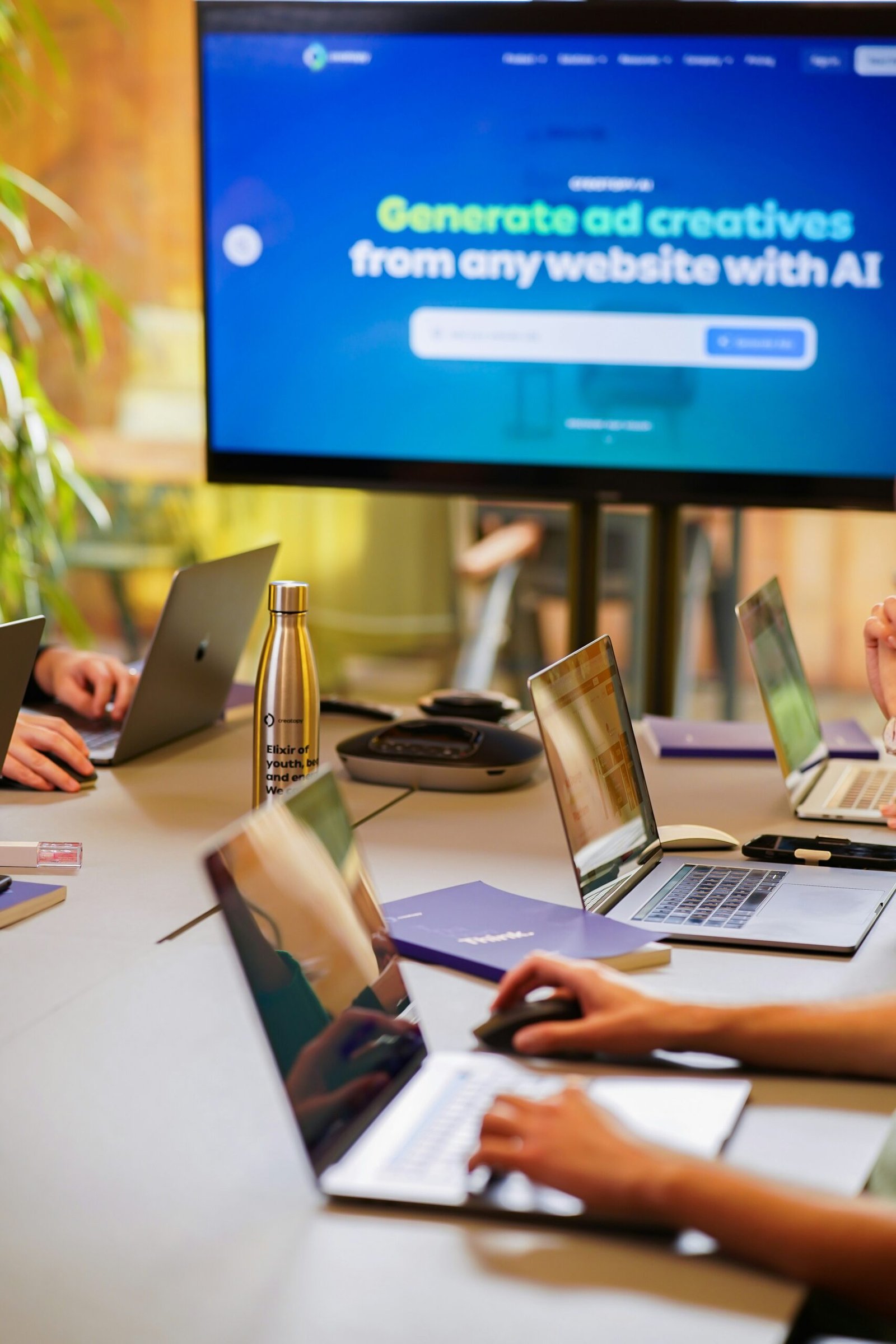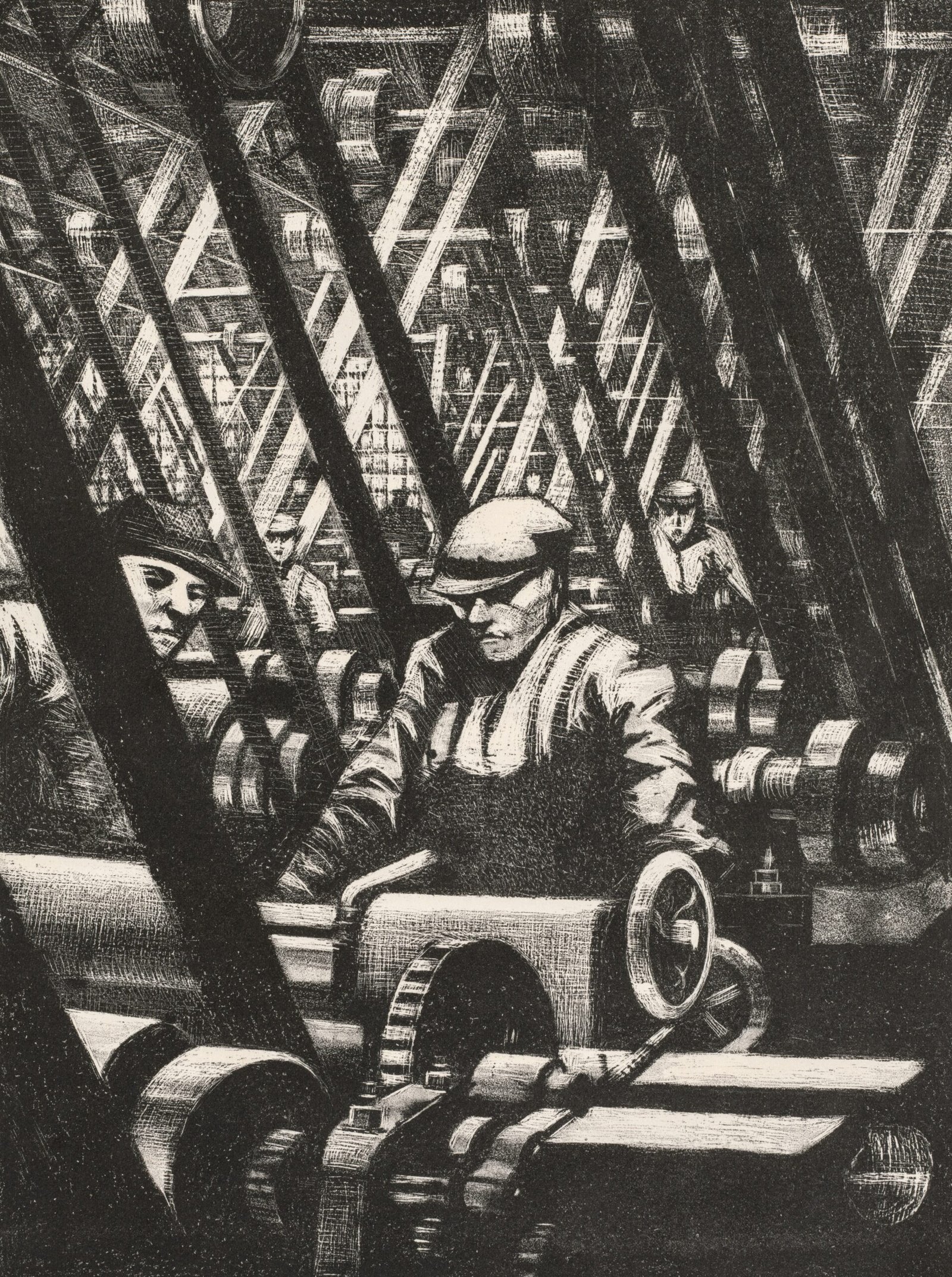Understanding AI and Workflow Optimization
Artificial Intelligence (AI) refers to the simulation of human intelligence processes by computer systems. These processes include learning, reasoning, and self-correction. In the context of workflow optimization, AI plays a pivotal role in automating processes that enhance efficiency and productivity across various industries. Workflow optimization itself involves improving the way tasks are carried out, ensuring that resources are used effectively to achieve maximum output.
The integration of AI in workflow optimization allows organizations to streamline operations, reduce operational costs, and enhance overall productivity. By leveraging AI technologies, businesses can analyze vast amounts of data to identify bottlenecks, predict outcomes, and automate routine tasks. This data-driven approach leads to smarter decision-making, enabling organizations to allocate resources where they are most needed and to focus on strategic initiatives.
<p ai="" ai-driven="" allocation.="" also="" and="" application="" as="" assist="" benefit="" boost="" by="" can="" chain="" demand="" diagnostics,="" efficiencies.
Common tools and technologies utilized in AI-driven workflow optimization include machine learning algorithms, robotic process automation (RPA), and advanced analytics platforms. These tools not only enhance operational processes but also contribute to significant cost reductions by minimizing manual errors and increasing the speed of task execution. As industries continue to embrace these innovations, the importance of workflow optimization through AI will only grow, driving more efficient and effective business practices.
Advantages of AI-Driven Workflow Optimization
Artificial Intelligence (AI) has significantly transformed how industries approach workflow optimization. One of the primary advantages AI brings is enhanced decision-making capabilities. By leveraging sophisticated algorithms and machine learning, organizations can process vast amounts of data quickly, leading to more informed decisions. For example, in the manufacturing sector, AI systems can analyze production data in real-time, allowing managers to adjust workflows dynamically to meet demand without sacrificing quality.
Furthermore, AI enables real-time analytics, which is crucial for timely responses to operational challenges. With tools that can monitor workflows continuously, businesses can identify bottlenecks or inefficiencies as they occur. In healthcare, for instance, AI-driven analytics facilitates immediate adjustments in patient care processes, improving outcomes while optimizing resource allocation. According to a study by McKinsey, companies that utilize real-time analytics can boost their operating profits by more than 10%.
Predictive maintenance is another compelling advantage of AI-driven workflow optimization. By predicting equipment failures before they happen, organizations can schedule maintenance more effectively, reducing downtime and saving costs. A case study in aviation illustrated that airlines employing AI for predictive maintenance saw a decrease in maintenance costs by 30%, while increasing aircraft availability. This proactive approach not only enhances workflow but also contributes to overall operational efficiency.
Lastly, AI significantly increases accuracy in data processing. Manual data entry is often prone to errors, which can lead to costly mistakes. With AI, data is processed at speeds and accuracy levels far beyond human capabilities. For example, financial institutions utilizing AI for transaction monitoring report a reduction in fraud detection errors by up to 70%, ensuring that resources are allocated effectively. Hence, AI-driven workflows optimize processes by increasing reliability, reducing waste, and ultimately enhancing productivity across diverse industries.
Challenges and Considerations in Implementation
The adoption of AI-driven workflow optimization techniques presents several challenges that organizations must navigate to ensure successful integration. One of the foremost concerns is data privacy. Organizations must adhere to stringent regulations and ethical standards regarding the handling of sensitive information. The deployment of AI systems often necessitates access to vast amounts of data, raising the risk of potential data breaches and misuse. Consequently, businesses must implement robust data governance policies to safeguard personal data while maximizing the utility of AI technologies.
Secondly, the need for skilled professionals cannot be overstated. Implementing AI solutions demands a workforce that is not only proficient in AI technologies but also understands how to leverage these tools effectively within existing workflows. Unfortunately, there is a shortage of qualified personnel in the AI and machine learning fields. Organizations must invest in training programs or collaborate with educational institutions to cultivate a pipeline of talent capable of managing and optimizing AI systems.
Integration into existing systems is another critical challenge. Many organizations operate on legacy systems that may not be compatible with advanced AI applications. This misalignment can lead to inefficiencies and hinder the seamless adoption of AI-enhanced processes. To address this, organizations should evaluate and update their technological infrastructure, ensuring that new AI tools can work in harmony with existing systems for optimal performance.
Resistance to change within the workforce can also pose significant barriers. Employees may feel threatened by the adoption of AI, fearing job displacement or a loss of autonomy. It is vital for businesses to foster a culture of acceptance and emphasize the collaborative nature of AI. Engaging employees in the transition process through education and clear communication can mitigate fears, enhancing their willingness to embrace AI as a beneficial resource rather than a competitor. By proactively addressing these challenges, organizations can smooth the path toward successful AI-driven workflow optimization.
Future Trends in AI-Driven Workflow Optimization
The realm of AI-driven workflow optimization is on the brink of transformative innovations that will reshape industrial operations in the coming years. As organizations increasingly rely on artificial intelligence, advancements in machine learning and natural language processing are poised to play significant roles in enhancing productivity and efficiency. These technologies allow systems to learn from data, making real-time adjustments to workflows based on patterns and predictions, thereby streamlining processes across various sectors.
One of the anticipated trends is the integration of Hyperautomation, where AI technologies will automate complex business processes beyond traditional automation. This approach leverages machine learning in conjunction with robotic process automation (RPA), leading to more sophisticated and intelligent workflows. The ability to analyze vast volumes of data in real time will enable companies to respond rapidly to changing market conditions, enhancing agility and competitiveness. Enterprises will witness a shift from reactive to proactive workflow management, allowing for informed decision-making that aligns with business objectives.
Furthermore, the ongoing development of natural language processing will facilitate improved communication between humans and AI systems. Tools that can understand and interpret human language will lead to more intuitive interfaces, making it easier for team members to interact with AI-driven systems. As a result, workflow optimization will become increasingly accessible to non-technical employees, democratizing the use of advanced AI technologies within organizations.
Sustainability will also emerge as a central theme in future innovations within AI-driven workflow optimization. As industries strive to meet environmental standards, AI systems will be tasked with analyzing energy usage and resource allocation to identify inefficiencies. This capability will not only support companies in achieving their sustainability goals but also drive operational cost savings.
Overall, the future of AI-driven workflow optimization promises to be dynamic, with intelligent systems at the forefront of improving operational effectiveness and promoting sustainable practices across diverse industries.









